The Design of Everyday Things
Donald Norman’s design classic – the bible on the cognitive aspects of design, containing examples of both good and bad design and simple rules that designers can use to improve the usability of objects.

Donald Norman’s design classic – the bible on the cognitive aspects of design, containing examples of both good and bad design and simple rules that designers can use to improve the usability of objects.
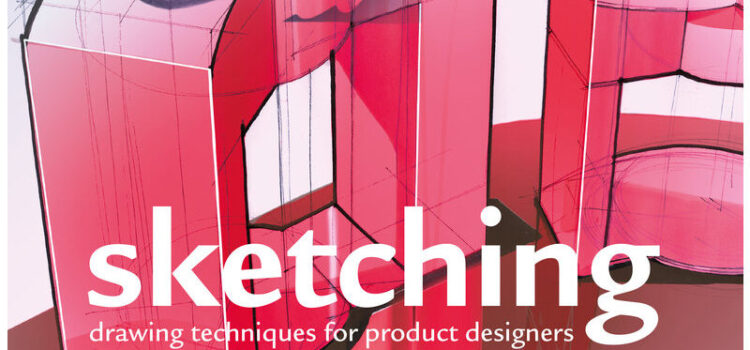
This book by Koos Eissen and Roselien Steur covers essential sketching techniques for product designers. The drawing techniques from this book are taught at this faculty and are also part of a formalisation and visual vocabulary that is very influential in our faculty.
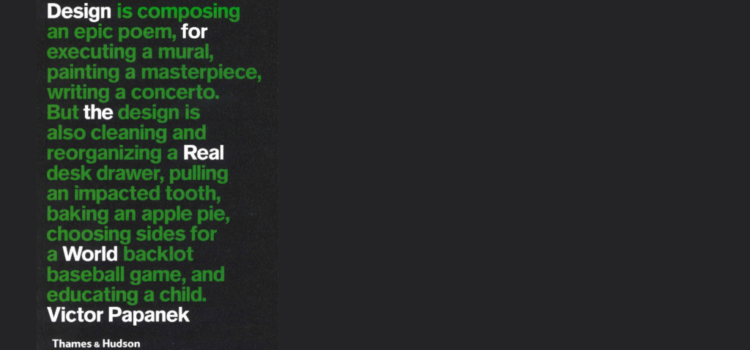
First published in 1971, Victor Papanek’s lively and instructive guide shows how design can reduce pollution, overcrowding, starvation, obsolescence and other modern ills.
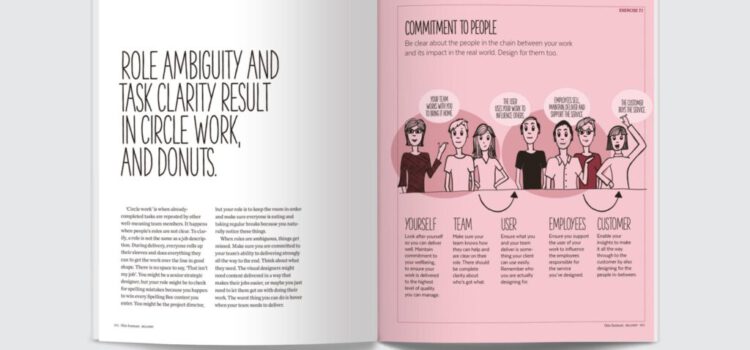
A book that takes formalisation in a completely different direction. Trying to take the perspective of empathy and how to think and be in their practice of design.
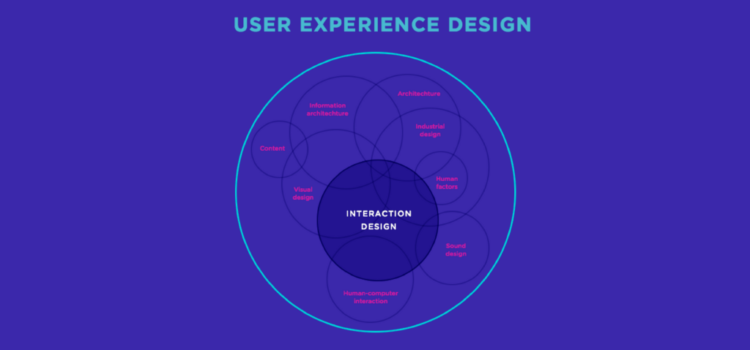
An excerpt from Chapter 1 of Dan Saffer’s Designing for Interaction. It describes the history of interaction design from the perspective of the products that resulted from user-centered design.
Don’t worry about all the details and chronology, read this as a history of interaction design from the perspective of an interaction designer.

The entire Design for Real World. You can read chapter 1 as enriching material.
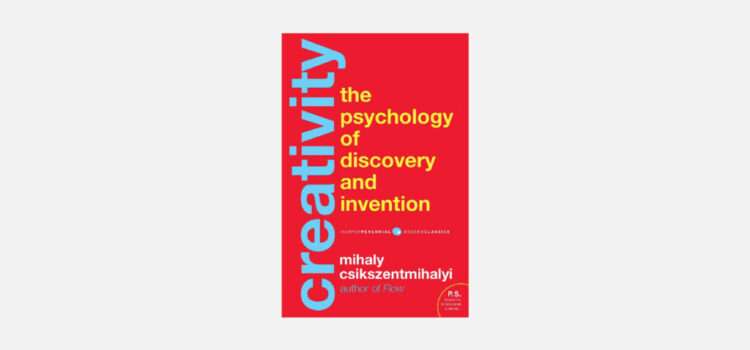
According to Mihaly Csikszentmihalyi, creativity is about capturing those moments that make life worth living. With this book, Csikszentmihalyi aims to offer an understanding of what leads to these moments.

Chapter 6 from John Heskett’s book Industrial Design. This excerpt is from the Dutch translation and covers the rise of industrial design as a profession. Pay attention to the industrial, technological and economic context in which the profession arose. Enjoy, but don’t worry about all the examples.
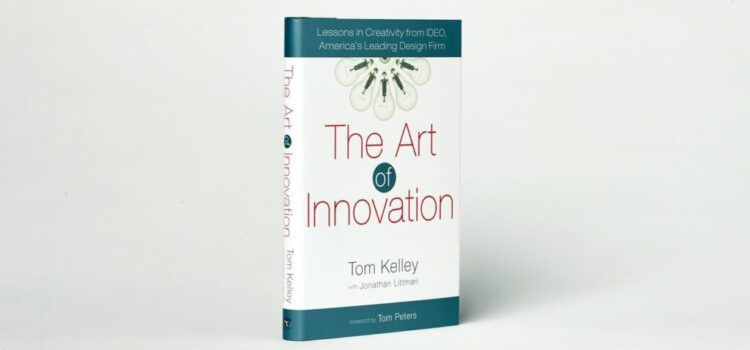
Partner of IDEO, Tom Kelley, tells about their way of working behind the scenes: leading to both big successes and joyful failures.
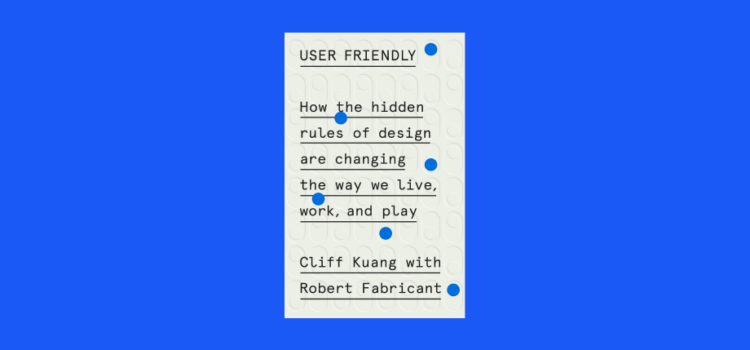
Cliff Kuang and Robert Fabricant reveal the untold story of a paradigm that quietly rules our modern lives: the assumption that machines should anticipate what we need.